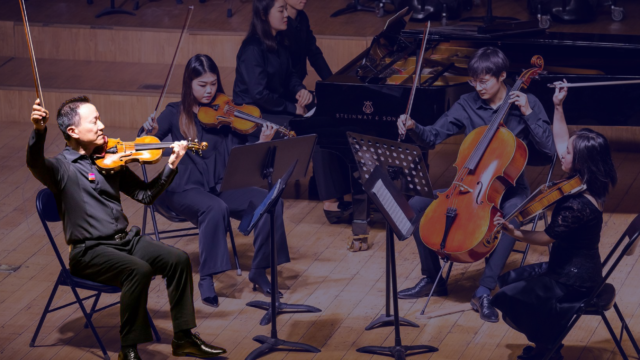Frequently Asked Questions
In This SectionHow was this data analyzed?
The data presented here updates the analysis conducted for the League’s 2023 report Racial/Ethnic and Gender Diversity in the Orchestra Field 2023. Definitions and technical notes concerning sample size and representativeness, can be found in the report.
How important are diversity metrics in measuring change?
Diversity of representation is a key indicator of progress in any organization’s journey towards equity and inclusion.
Representation alone is not enough, however. Alone, it cannot create an equitable organization, or inclusive experiences for the historically and continuously marginalized people associated with it.
In order to be successful, diversification must be underpinned by sustained change to internal culture, processes, practices, resourcing, and partnership building. Metrics that capture progress towards inclusion and belonging within organizations are therefore as important as demographic data.
What are orchestras doing to improve diversity of representation?
In recent years, orchestras have dramatically stepped up their investment in Equity, Diversity and Inclusion work. Many have invested in internal capacity building through the League’s Catalyst Fund Incubator, and are committing to action on musician diversity through the League’s Inclusive Stages program.
The League’s report Racial/Ethnic and Gender Diversity in the Orchestra Field 2023 includes an Appendix outlining examples of the work underway, and the League’s Promising Practices guide tells the stories of orchestras building strong internal foundations for further diversification work.
Who can I talk with about this data?
Please contact our Research and More Resources team at knowledge@americanorchestras.org.
In This Section
Become a member
Thank you for your interest in the League of American Orchestras! We are dedicated to advancing the orchestral experience for all.
Join Now